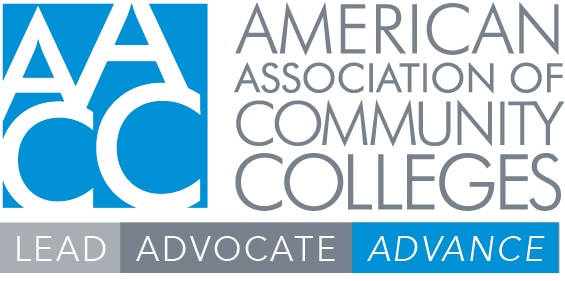The American Association of Community Colleges (AACC) recently asked some of its member colleges how they have used their allotment of federal funds through the Higher Education Emergency Relief Fund, which ranged from commonly reported activities, such as investing in technology, to the more unique, such as provide grants to cover gas costs to drive to campus.

According to an AACC analysis of federal data, community colleges received more than $23 billion through the three pandemic assistance laws (the CARES Act, the Coronavirus Response and Relief Supplemental Appropriations Act, and the American Rescue Plan).
That represents more than one-third of their annual pre-pandemic expenditures, the association noted in a recent letter to U.S. Education Secretary Miguel Cardona outlining how its members have used the fund.
“Community colleges and students are grateful to the Federal government for not only recognizing the significant impact of the pandemic for our colleges but for providing substantial support to ensure that students and colleges were able to weather the Covid storm,” AACC President and CEO Walter Bumphus wrote in the April 30 letter. “HEERF funds have dramatically impacted the colleges’ ability to respond to the needs of students and communities as they navigated the new reality. It is important to note that based on our internal analysis, these funds appear to be helping colleges begin to reverse enrollment losses.”
Overall trends
AACC’s analysis shows some overall trends in how its members have used HEERF dollars:
- When discussing HEERF fund uses, colleges tend to highlight how much of their funds have been provided to students in the form of direct payments.
- Many colleges have also used HEERF funds to wipe away their students’ institutional debt, though it’s not yet clear whether that has had any impact on enrollment.
- Earlier HEERF uses were focused on fostering a pandemic learning environment, either by enhancing technological capabilities (on both the student and institutional side) for distance learning or by creating a safe environment for in-person learning through the purchase of upgraded air filtration and ventilation systems, personal protective equipment, and other Covid mitigation supplies. Now, however, colleges that still have funds to spend seem to be finding more creative uses for them.
Most of the responses AACC received from its members outlining the uses of their HEERF funds tend to follow the general trends. But several also described some unique uses of the funds:
- Northern Virginia Community College this spring provided $6.3 million in fuel assistance grants to students attending on-campus classes to help them complete the semester as gas prices began to soar.
- Raritan Valley Community College in New Jersey hired two financial coaches and set up an eight-person call center to answer students’ financial questions.
- Amarillo College in Texas hired case managers and social workers to connect students with basic needs supports on campus and in their communities.
- Chippewa Valley Technical College in Wisconsin began developing a new nursing assistant textbook for use as an open educational resource to help provide no-cost books to students.
- City Colleges of Chicago in Illinois launched a program to support students returning to college and provide students with short-term credentials at no cost.
A closer look
Participating colleges provided more in-depth accounts of how they used their HEERF dollars, including the more unique uses. For example, Utah’s Salt Lake Community College (SLCC) teamed with two public school districts to ramp up a summer bridge program for the 2021 high school seniors who suffered through a full year of remote learning and experienced significant college-preparatory learning loss. The college used $1 million of federal support to enroll 130 high school seniors in the six-week summer bridge experience. Students enrolled in two college courses free of charge (College Success and English) and were given math workshops to help prepare for college-level math in the fall.
Related article: ED urges colleges to use HEERF for mental health
Knowing the importance of a part-time job for many of its students, SLCC also included a $200 per week stipend to allow them to focus on college work. They also were assigned an individual peer mentor, got a free laptop and were provided on-campus meals.
More than 80 students from the summer bridge program enrolled in fall 2021 and, with an additional $2.3 million, SLCC added 220 new students, offering similar wrap-around services to boost their persistence and completion.
Ohio’s Lorain County Community College used HEERF money to expand the capacity of its student services in the Advocacy and Resource Center, where emergency funds were disbursed through a student needs assessment. The teams determined who were the students in most need, as identified by their Pell Grant status and internal data. The team also maintained a tuition assistance form to collect requests and permissions to place funds directly into a student’s account, and provide direct-to-student funds who stopped out during the pandemic.





